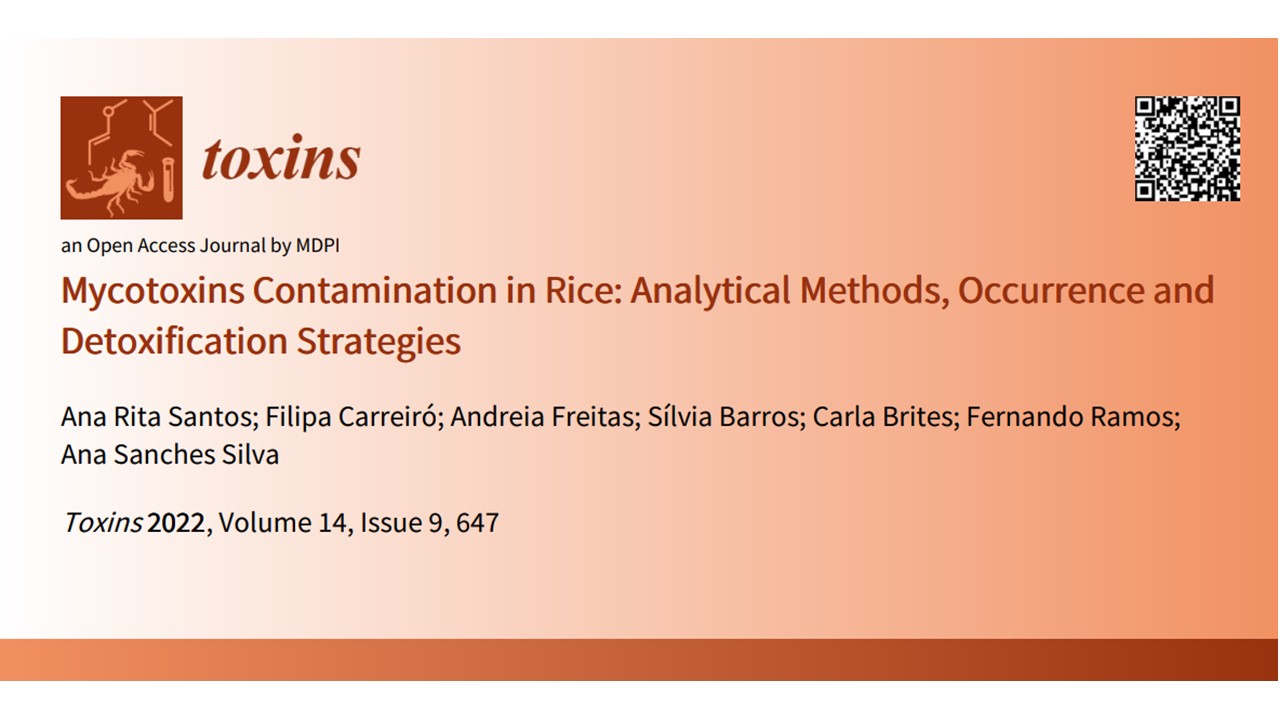Mycotoxins Contamination in Rice
A new article for TRACE-RICE project: "Mycotoxins Contamination in Rice: Analytical Methods, Occurrence and Detoxification Strategies", has been published.
The prevalence of mycotoxins in the environment is associated with potential crop contamination, which results in an unavoidable increase in human exposure. Rice, being the second most consumed cereal worldwide, constitutes an important source of potential contamination by mycotoxins. Due to the increasing number of notifications reported, and the occurrence of mycotoxins at levels above the legislated limits, this work intends to compile the most relevant studies and review the main methods used in the detection and quantification of these compounds in rice. The aflatoxins and ochratoxin A are the predominant mycotoxins detected in rice grain and these data reveal the importance of adopting safety storage practices that prevent the growth of producing fungi from the Aspergillus genus along all the rice chain. Immunoaffinity columns (IAC) and QuECHERS are the preferred methods for extraction and purification and HPLC-MS/MS is preferred for quantification purposes. Further investigation is still required to establish the real exposition of these contaminants, as well as the consequences and possible synergistic effects due to the co-occurrence of mycotoxins and also for emergent and masked mycotoxins.


